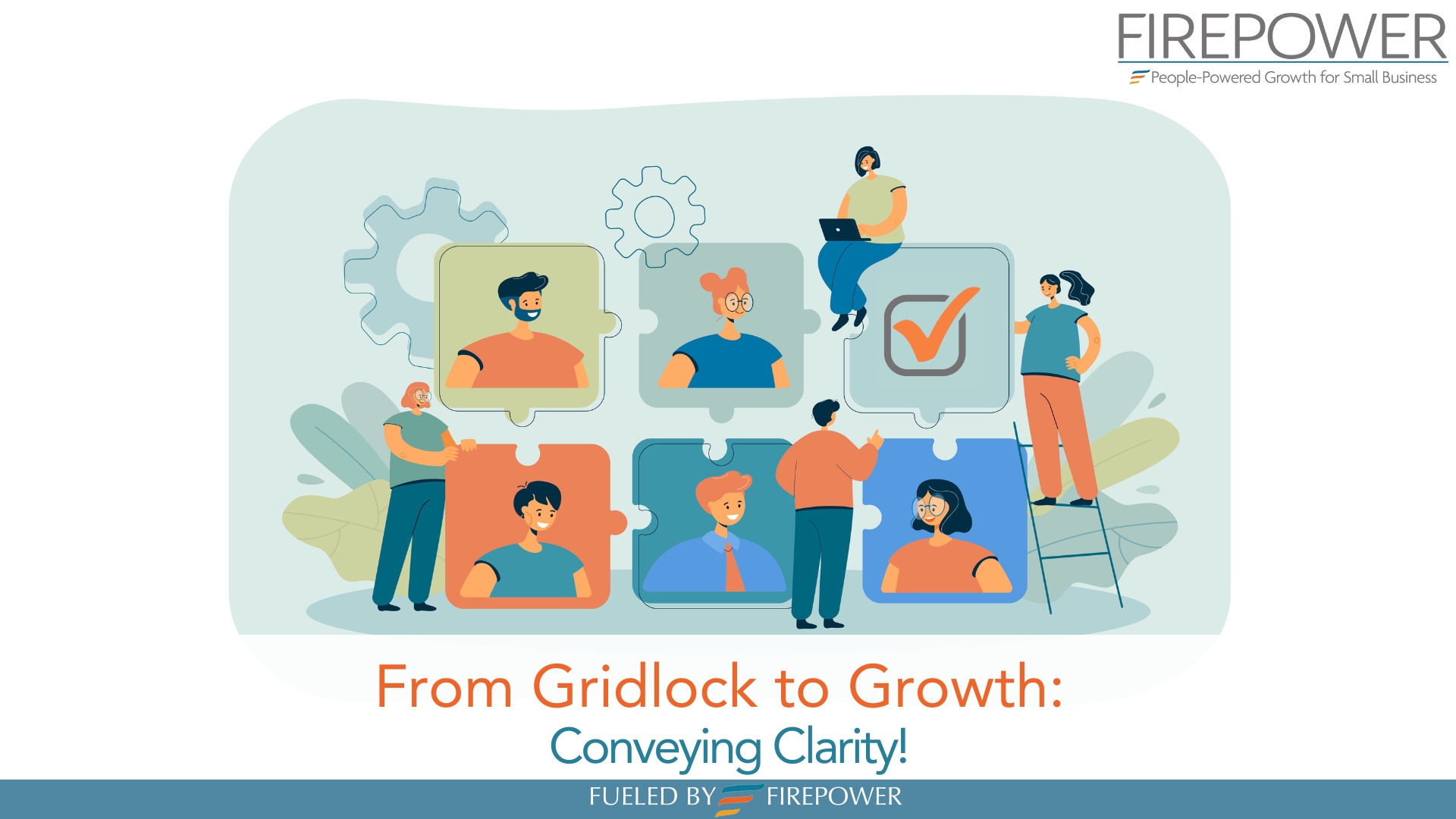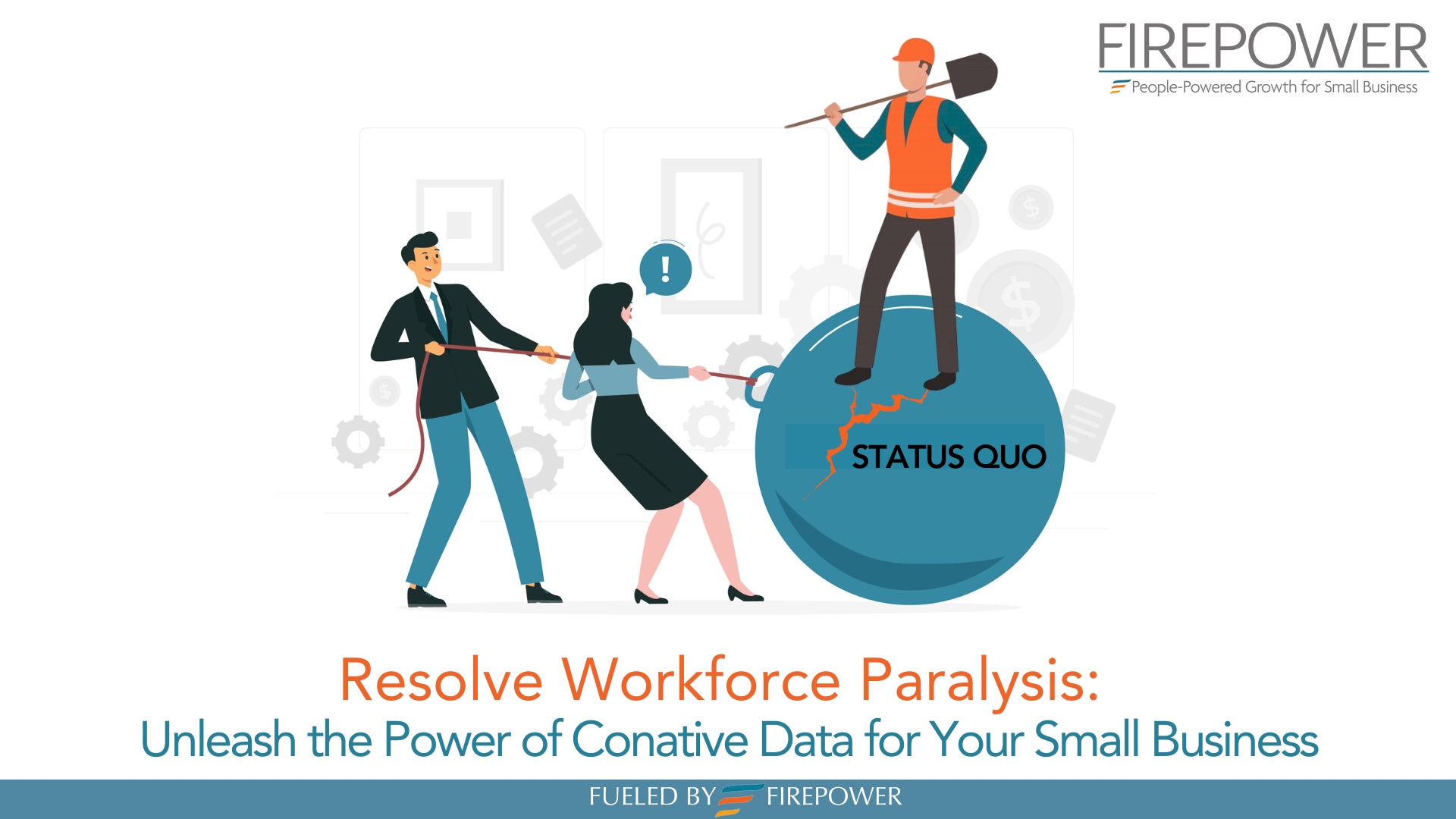Meetings: Are They a Waste of Time for Your Company’s Employees?
By Maria Forbes
August 7, 2020
Does your company regularly hold meetings? Meetings are a common occurrence in the modern workplace. By holding them, you can convey essential information to your company’s employees to ensure that everyone is on the same page. At the same time, you can use meetings to gain feedback from employees, which you can later use to improve your company’s culture and its operations.
Meetings, however, are often perceived as a waste of time by employees. A survey conducted by Harris Poll found that the average U.S. employee spends four-and-a-half hours in meetings each week. Over the course of a year, that’s 234 hours. If your company regularly holds meetings, there are a few things you should know to make them more productive.
The Truth About Meetings
When poorly planned and executed, meetings can undoubtedly be a waste of time for employees. They consume employees’ time that could otherwise be spent towards productivity-focused tasks. Instead of actually working, employees will have to sit through the meeting.
According to a study cited by INC, wasteful meetings such as this cost U.S. companies nearly $400 billion collectively per year. Wasteful meetings divert employees away from productivity-focused tasks. In turn, they can prove costly for companies.
When employees are forced to sit through wasteful meetings, it can lower their motivation. It disrupts employees from their normal day-to-day activities, making them less motivated to get back to work.
Why Meetings Consume So Much Time
Many meetings consume an excessive amount of time for several reasons. First, companies often dedicate a specific amount of time for their meetings, such as one or two hours. While some meetings may need a full one or two hours, others don’t. In some cases, a 15- or 30-minute meeting might be sufficient.
Another reason meetings are so time-consuming is because companies don’t have a clear and transparent agenda when holding. They simply “wing” their meetings by bringing up topics on the spot. It takes time and effort to plan an agenda accordingly, but it can help companies hold shorter and more productive meetings.
There’s also the potential for a meeting to be delayed if an employee is late. Some companies won’t start their meetings until all employees are present. If just one employee is absent, they’ll wait for him or her to arrive before starting it. Unfortunately, this artificially inflates the length of meetings. If an employee is 30 minutes late, the meeting will be extended by an additional half-hour.
Some companies believe that employees should be given the full and unrestricted freedom to voice their opinions during meetings. During a meeting, employees may speak out — and some of them may talk for a very long time on topics that otherwise don’t need to be discussed.

Tips for Effective and Efficient Meetings
You can still hold company meetings, but you should focus on making them shorter and more productive. Perhaps the easiest way to create shorter and more productive meetings is to use a dynamic timeframe. After covering all the topics on the agenda, finish the meeting by asking your company’s employees to get back to work. You can still allocate a specific amount of time for meetings, but if it ends earlier than expected, don’t keep your company’s employees sitting in the meeting room.
Defining objectives for meetings can make them shorter and more productive. A study conducted by Microsoft found that one of the leading causes of wasteful meetings was unclear objectives. Objectives provide you with guidance so that you’ll know exactly what topics need to be discussed. If you don’t use objectives — or if you use unclear objectives — you may venture off-topic during the meeting, resulting in an unnecessarily long length.
The way in which you speak when holding a meeting can influence its length. Conventional wisdom should lead you to believe that the slower you talk, the longer the meeting will be. To keep your meetings moving along at an appropriate pace, you should talk relatively fast, though not too fast, and clearly.
Embracing virtual meetings can result in a shorter timeframe and increased productivity. Virtual meetings aren’t conducted in a physical space. Rather, they connect virtually over the internet or your company’s private wireless network. Employees can participate in virtual meetings when working at their office desks or from home. As long as an employee has access to a computer with the appropriate software, he or she can participate in a virtual meeting.
In Conclusion
Meetings rank as one of the biggest time-wasters in the modern workplace, but that doesn’t mean they are useless. On the contrary, meetings allow you to convey essential information to your company’s employees while also gaining feedback from them. If you’re going to hold meetings, though, you should make them productive. Otherwise, they’ll end up wasting employees’ time by diverting them away from productivity-focused tasks.





